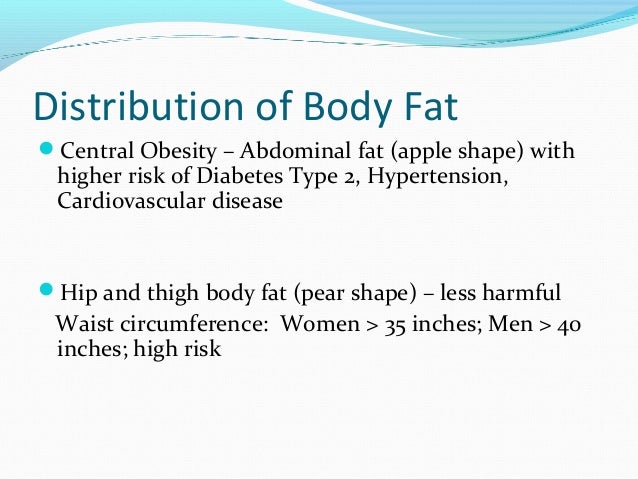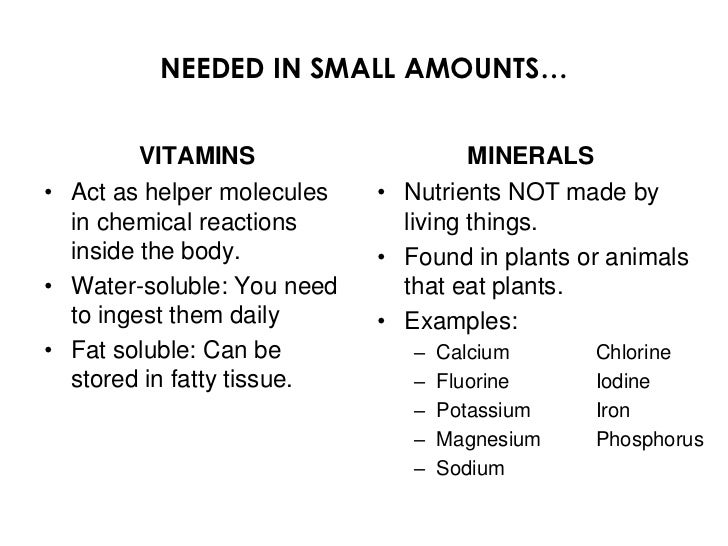38 analyze food labels for energy content
Food Energy - an overview | ScienceDirect Topics The metabolic expenditure by an animal is often measured as the amount of heat produced; this is usually called respiration (R).The difference between M E and R is retained energy, usually termed production (P): M E −R=P.When an animal is deprived of food (C=0), body tissues are catabolized in order to support R, P is negative, and the animal loses body mass. Energy labelling of alcoholic beverages - Food Standards In December 2021, FSANZ completed a preliminary analysis of regulatory and non-regulatory options for energy labelling of packaged alcoholic beverages to identify a preferred approach. This included targeted consultation with industry, public health, consumer and jurisdictional stakeholders. The key outcomes were:
How to understand food labels - Eat For Health The Nutrition Information Panel on a food label offers the simplest and easiest way to choose foods with less saturated fat, salt (sodium), added sugars and kilojoules, and more fibre. It can also be used to decide how large one serve of a food group choice or discretionary food would be and whether it's worth the kilojoules.

Analyze food labels for energy content
The Basics of the Nutrition Facts Label A food item with a 5% DV of fat provides 5% of the total fat that a person who needs 2,000 calories a day should eat. You may need more or less than 2,000 calories per day. This means that you may need more or less than 100% DV that is listed on the package for some nutrients. Low is 5% or less. Food labels - NHS These labels provide information on the number of grams of fat, saturated fat, sugars and salt, and the amount of energy (in kJ and kcal) in a serving or portion of the food. But be aware that the manufacturer's idea of a portion may be different from yours. Some front-of-pack nutrition labels also provide information about reference intakes. Food Labeling & Nutrition | FDA Food labeling is required for most prepared foods, such as breads, cereals, canned and frozen foods, snacks, desserts, drinks, etc. Nutrition labeling for raw produce (fruits and vegetables) and...
Analyze food labels for energy content. Nutrition Analysis Techniques to Determine the Nutritional Content of Food Nutritional analysis is the process of determining the nutritional content of food. It is a vital part of analytical chemistry that provides information about the chemical composition, processing, quality control and contamination of food. It ensures compliance with trade and food laws. Chapter 3: Calculation of The Energy Content of Foods - Energy ... determining the energy content of foods depends on the following: 1) the components of food that provide energy (protein, fat, carbohydrate, alcohol, polyols, organic acids and novel compounds) should be determined by appropriate analytical methods; 2) the quantity of each individual component must be converted to food energy using a generally … The Science Behind Calories and Nutrition Facts Labels A calorie is a measure of energy. The calorie number we see on food labels refers to a kilocalorie (kcal), which is also known as a large calorie or a food calorie. A kilocalorie is 1 000 calories. One kilocalorie is the amount of energy it takes to heat one kilogram of water one degree Celsius at sea level. Nutrition Facts Label | Healthy Schools | CDC Nutrition Facts Label. ... Page last reviewed: June 26, 2019. Content source: Division of Population Health, National Center for Chronic Disease Prevention and Health Promotion. home CDC Healthy Schools. About CDC Healthy Schools plus icon. ... Food Allergies; Food Allergies in Schools Toolkit; Obesity plus icon. Youth Obesity Maps (2003-2019) ...
Nutrition Labelling - Centre for Food Safety - Home There are three ways to express the energy and nutrient content in the nutrition label, i.e., by per 100g/per 100mL, per serving or per package. By expressing the content of energy and nutrients in the same reference amount of food, i.e. by per 100g or per 100mL, you can easily compare the contents of different products. Analyze_Data_Explore_Per 2.docx - NAME DATE CLASS ANALYZING... The label provides useful information for identifying the energy content of food, the source of that energy, and other nutritional information. The figure shows two sample food labels. Notice that the largest font on the labels is used to show Calories, with a capital C. Food labels & nutritional information | Raising Children Network Energy Energy is listed on the panel as kilojoules (kJ). Fats, protein and carbohydrates all provide your body with the energy or kilojoules you need to function and do your daily activities. When comparing similar foods, lower energy usually means lower fat or sugar, which means that the food is a better choice for most people. Fat, sugar and salt How Do You Know Your Food's Nutrition Facts Label Is Accurate? NIST's measurements are accurate to within 2% to 5% for nutrient elements (such as sodium, calcium and potassium), macronutrients (fats, proteins and carbohydrates), amino acids and fatty acids. As you may have noticed, most of your favorite food items have recently updated their nutrition facts labels.
How to Calculate Energy From Foods - LIVESTRONG.COM Step 1 Multiply grams of carbohydrate in the food by 4 calories per gram. A calorie is a unit of how much energy is in a given amount of food, also called a kcal. Regardless of whether the carbohydrate in food is sugar or starch, all carbohydrates provide the body with 4 calories/gram, explains Dr. Lauralee Sherwood in her book "Human Physiology." Nutrition labelling | Food Standards Agency energy value amounts of fat, saturates, carbohydrate, sugars, protein and salt The content of the mandatory nutrition declaration can be supplemented with an indication of the amounts of one or... Studying Food Labels Energy - Proper Nutrition | NutritionOfPower.com Total Fat 4g. 8%. Saturated Fat 1.5g. Trans Fat 0g. 2%. Cholesterol 5mg. 19%. Sodium 430mg. 17%.Reading labels can help you make informed food choices.Packaged foods and drinks—the types that come in cans, boxes, bottles, jars, and bags—have a lot of nutrition and food safety information on their labels or packaging. How to Calculate the Energy Value of Food - Huel Food and Agriculture Organization of the United Nations. Food energy - methods of analysis and conversion factors; 2003. Widdowson E. Note on the calculation of the energy value of foods and of diets. In: Paul AA, Southgate DA, eds. The composition of foods. 4 ed. New York. 1978. May ME, et al. Energy content of diets of variable amino acid ...
Food Labels | Nutrition.gov Food and Drug Administration (FDA) regulates the safety of food for humans and animals, including foods produced from genetically engineered (GE) plants, sometimes referred to as "genetically modified organisms" (GMOs). Find out more about the safety of GE plants, and how they are regulated here.
How To Read Food and Beverage Labels - National Institute on Aging Although frozen and canned fruits and vegetables have food labels, fresh varieties often do not. You can find nutrition information for fresh vegetables and fruits on the USDA website. Or you can call the U.S. Department of Agriculture's Food and Nutrition Information Center at 301-504-5414. Understanding percent Daily Value (% DV)
Understanding food labels: portions, energy - Health24 When next you look at a food label that says 'low in energy', first check the label to see how much energy it really contains. That energy bar we were discussing earlier may contain as much as 500kJ per 50g portion (which means it contains 1000kJ per 100g). Therefore, it is anything but 'low in energy'. Energy content of slimming products. The same is often true for a variety of foods and drinks that are sold as 'diet products', e.g. diet shakes or slimming bars and snacks. Look at the ...
Menu labels displaying the kilocalorie content or the exercise ... The exercise-labels group also consumed significantly (p = .01) less energy (673 [620, 725] kcal) at lunch, compared to the no-labels group (770 (717, 823) kcal) but not compared to the kcal-labels group (722 [669, 776] kcal). Energy ordered and consumed were not different between kcal-labels and no-labels groups.
Investigate the energy content of food - BBC Bitesize A simple investigation can be conducted to investigate the energy content of a food sample. Procedure. Add water - around 20cm 3 - to a boiling tube clamped in a retort stand.
Understanding Food Nutrition Labels - American Heart Association 1 - Start with the serving information at the top. This will tell you the size of a single serving and the total number of servings per container (package). 2 - Next, check total calories per serving and container. Pay attention to the calories per serving and how many calories you're really consuming if you eat the whole package.
Reading Food Labels (for Parents) - Nemours KidsHealth Almost all foods have small amounts of sodium, but many processed foods are high in sodium. Total Carbohydrate Carbohydrates are an important source of energy. The food label gives total carbohydrates along with fiber, total sugars, and added sugars. Dietary Fiber Dietary fiber itself has no calories and is a necessary part of a healthy diet.
How to Understand and Use the Nutrition Facts Label | FDA Dietary fiber, vitamin D, calcium, iron ad potassium are nutrients on the label that Americans generally do not get the recommended amount of. They are identified as nutrients to get more of....
Food Labels 101: Understanding the Nutrition Facts Label Nutrition labels can be a great tool for managing a heart healthy diet, which makes it very important that you understand what you're looking at when you read a label. Nutrition labels are based on a daily 2,000 calorie diet. Depending on your age, gender and activity level, you may need to consume more or less than 2,000 calories per day, so ...
Investigating the Energy Content of Foods - Vernier You can determine energy content of food by burning a portion of it and capturing the heat released to a known amount of water. This technique is called calorimetry. The energy content of the food is the amount of heat produced by the combustion of 1 gram of the food, and is measured in kilojoules per gram (kJ/g). Objectives
Food Labeling & Nutrition | FDA Food labeling is required for most prepared foods, such as breads, cereals, canned and frozen foods, snacks, desserts, drinks, etc. Nutrition labeling for raw produce (fruits and vegetables) and...
Food labels - NHS These labels provide information on the number of grams of fat, saturated fat, sugars and salt, and the amount of energy (in kJ and kcal) in a serving or portion of the food. But be aware that the manufacturer's idea of a portion may be different from yours. Some front-of-pack nutrition labels also provide information about reference intakes.
The Basics of the Nutrition Facts Label A food item with a 5% DV of fat provides 5% of the total fat that a person who needs 2,000 calories a day should eat. You may need more or less than 2,000 calories per day. This means that you may need more or less than 100% DV that is listed on the package for some nutrients. Low is 5% or less.
















Post a Comment for "38 analyze food labels for energy content"